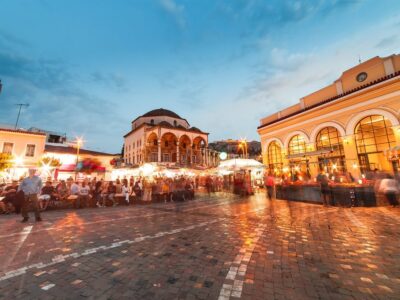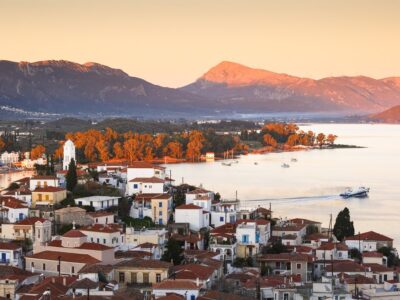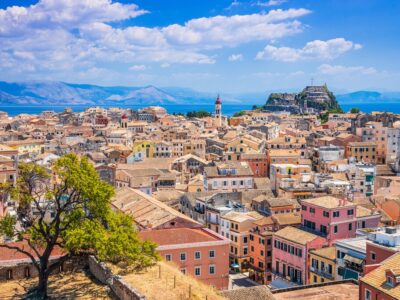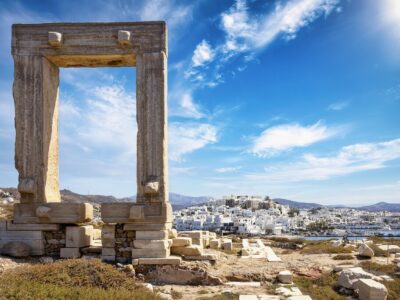
October is an excellent time to visit Athens, especially toward the beginning of the month. The weather is still warm yet the crowds have mostly disappeared. It doesn't rain much and you can take advantage of great shoulder-season prices. As the month goes on, however, the colder weather begins creeping in as the first signs of winter arrive.

Athens is rich in history and culture, and the city makes these and other elements accessible for travelers with all kinds of budgets. The best standard hotels in Athens are affordable, and offer stays that are anything but standard. Instead, these options highlight the city's best aspects, whether with views of the Acropolis and other ancient sites, the warmth of Greek hospitality, or perfectly preserved historic buildings that bring the past to the modern era.

The vast majority of visitors hit the Greek Islands in the hot heyday of summer, but January offers sublime tranquility and bargain prices, with no other tourists in sight. Weather is unpredictable and chilly, but the sky is often crystal clear. And although many tourist businesses are closed for winter and ferries reduce their schedules, this also a time when the islands have returned to their normal pace and authentic lifestyle.

February is Carnival time, and a good time to witness the celebration of Lent—an important part of Greek culture. This winter month is still low season in Greece, with few visitors, a subdued nightlife and cold, often gray, weather but fewer rainy days. Prices are still at their lowest, and this is one of the best months of the year to experience the Greek Islands like a local, forsaking the beaches to experience the culture at its most authentic.

Whether traveling to Chania for its history, romantic atmosphere, or mix of Roman, Venetian, and Ottoman cultures, you'll find that its hotels are as diverse as its past. The best boutique hotels in Chania include unique centuries-old landmark buildings, family-run luxury hotels with fascinating stories, and historic gems overlooking the Venetian Harbor.

Over in the Ionian islands, Corfu's main lodgings tend more toward the resort-style. These expansive properties offer private beaches, infinity pools, and options for private villas; they even have their own seaside promenades and piazzas to sweep you away.

The singular mountain region of Meteora, in central Greece, is justifiably a UNESCO World Heritage Site—but it's also a center for adventure activities. Use this comprehensive insider's guide to plan your ideal Meteora itinerary.

Nine to 12 days are excellent for a Greece trip with stops in Athens, Naxos, Mykonos, and Tinos. It's possible to hit the highlights in six to eight days if you don't mind a fast-paced route. Or, extend your trip and explore more of the country—some of the best-loved trip extensions include Santorini or Nafplio. Read on for more inspiring Athens, Naxos, Mykonos, and Tinos itineraries.

Most travelers will find 12 to 14 days perfect for a well-paced Greece trip with stops in Athens, Naxos, Santorini, and Crete's Heraklion and Chania. It's possible to hit the highlights in 10 or 11 days if you don't mind a fast-paced itinerary. Travelers with more time can enjoy extra sights and activities at each stop or explore more of the country—some favorite itinerary extensions include Vamos, Mykonos, or Rethymno. Get inspired with the following trip ideas below.

Of course you'll go to Athens. Chances are you'll see Santorini. But what about Greece's lesser-known treasures — places travelers often miss? From medieval villages to beachfront camping, here are a few fresh ideas for your Greek adventure.
